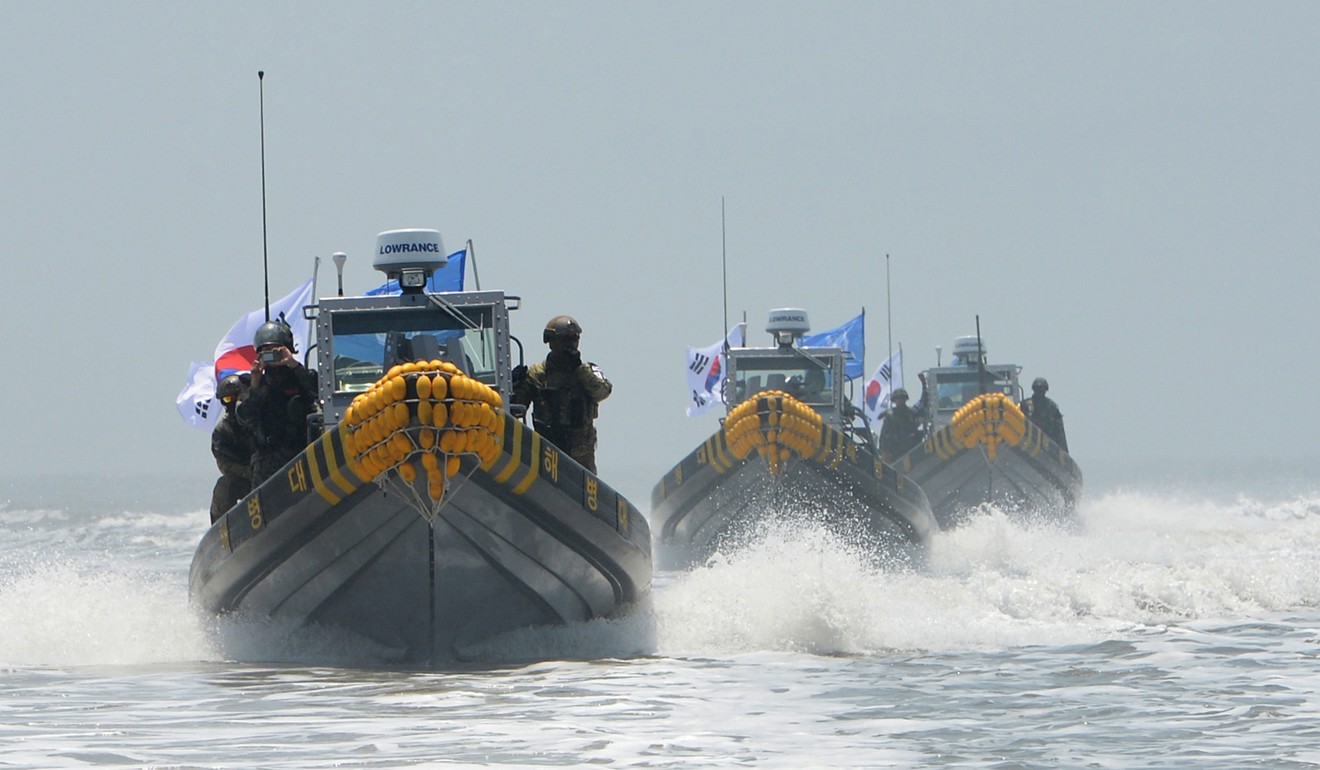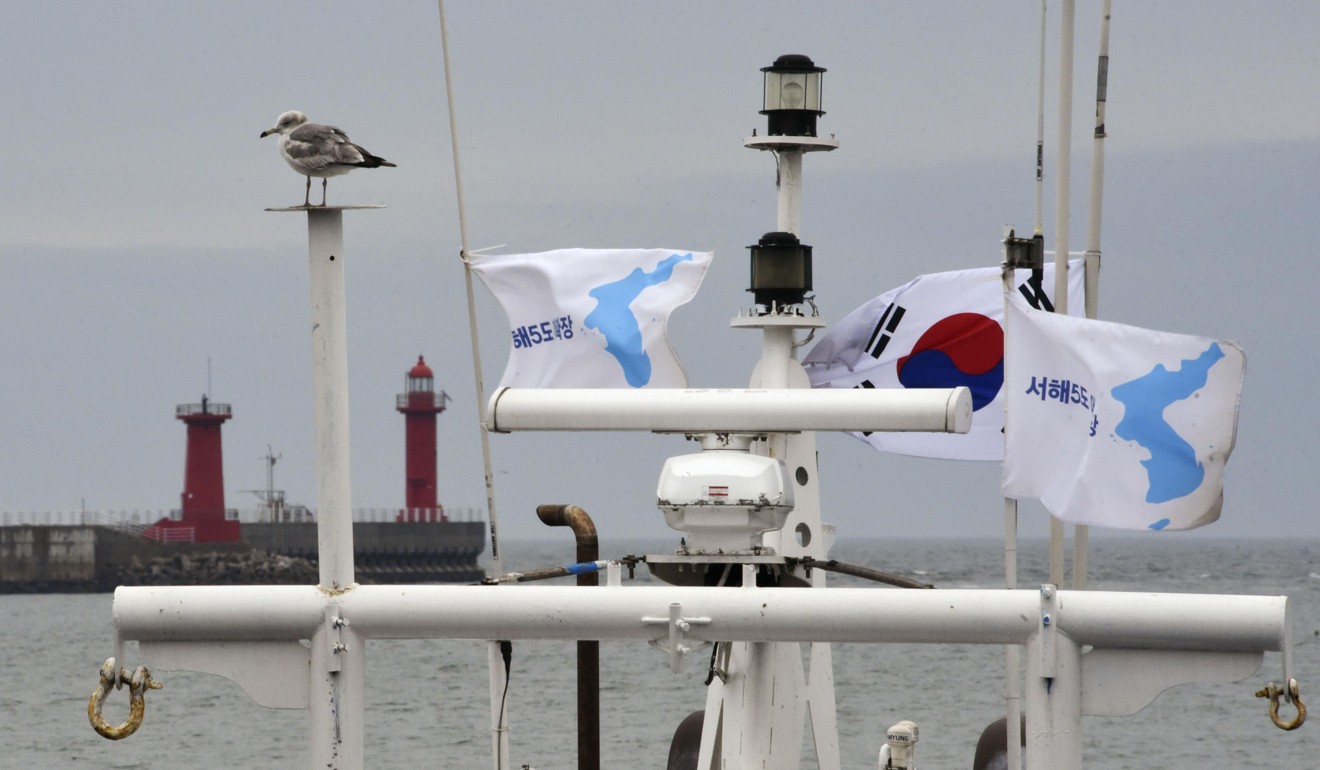
How blue crabs, and the sea they inhabit, could make or break peace on the Korean peninsula
Mark J. Valencia says the agreement between North and South Korea to establish a maritime peace zone would go some way towards preventing conflicts, especially during peak fishing periods
If and when the talks get back on track they might initially focus on a little noticed detail of the declaration: an agreement to “devise a practical scheme to turn the areas around the Northern Limit Line in the West [Yellow] Sea into a maritime peace zone in order to prevent accidental military clashes and guarantee safe fishing activities”.
The competition for the valuable seafood coincides with a spike in violent incidents there. In 1999, four North Korean patrol boats escorting a group of fishing boats crossed the Northern Limit Line. A firefight ensued that left one North Korean vessel sunk, five patrol boats damaged, 30 sailors killed and 70 wounded. There have been several subsequent violent and dangerous incidents, in 2002, 2004 and 2009. Most began with North Korean fishing boats and patrol vessels crossing the Northern Limit Line.

The immediate cause of several confrontations was thought to be the concentration of valuable blue crabs south of the line. South Korean authorities allow South Korean crab fishing there only in the month of June and thus the inter-Korean fishing competition becomes the most intense.
South Korean authorities allow South Korean crab fishing there only in the month of June and thus the inter-Korean fishing competition becomes the most intense
The Northern Limit Line is a disputed maritime demarcation line in the Yellow Sea between the two Koreas. For South Korea, this line of military control is the de facto maritime boundary with North Korea. But North Korea claims a more southerly “West Sea Military Demarcation Line”. This maritime demarcation line is an extension of the land boundary equidistant between the mainlands of North and South Korea and disregards the northwest islands under United Nations Command control.

Some suggest that the line controversy stems from the ambiguity of its legal nature. The Northern Limit Line was drawn unilaterally by US General Mark Clark in 1953 to stop South Korea’s navy from disrupting the fragile armistice established at the end of the Korean war.
North Korea does not officially recognise the line, and in 1955, proclaimed territorial waters extending 12 nautical miles from its coast. While Seoul argues that the line should not be unilaterally breached, Pyongyang counters that the UN command did not inform it before declaring the line, and it never accepted it. Since the line veers sharply to the north after leaving land, Pyongyang claims that it unfairly gives some of its waters and their resources – mandated by the UN Convention on the Law of The Sea – to South Korea. North and South Korean navies regularly patrol the area around the line and sometimes cross it to escort their country’s fishing boats.
Although the Northern Limit Line is – or was – a useful conflict avoidance device at the time of its unilateral declaration, treating it as a permanent maritime boundary is not supported by legal principles and precedents. Henry Kissinger wrote in a 1975 classified cable when he was US secretary of state that the unilaterally drawn line was “clearly contrary to international law”.
Apparently, the current Northern Limit Line will remain pending the outcome of negotiations between the two Koreas. But the Panmunjom Declaration creates the possibility that the line could be replaced by a military-free maritime zone of peace and joint fishing with an agreed code of conduct for fishing vessels operating there. Such a “peace zone” could and should resolve – at least temporarily – the incendiary issues involving transgressing fishermen and patrol boats from both sides.
Mark J. Valencia is an adjunct Senior Scholar at the National Institute for South China Sea Studies, Haikou, China

